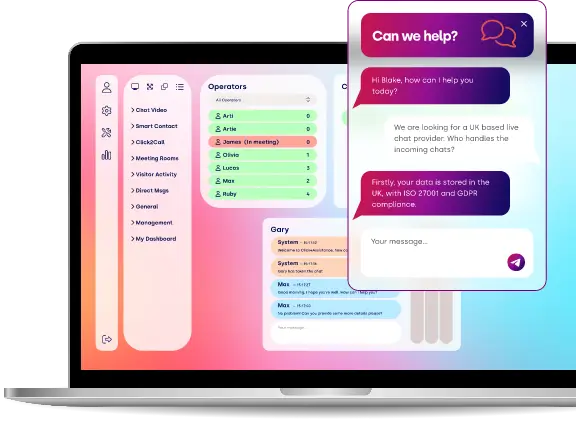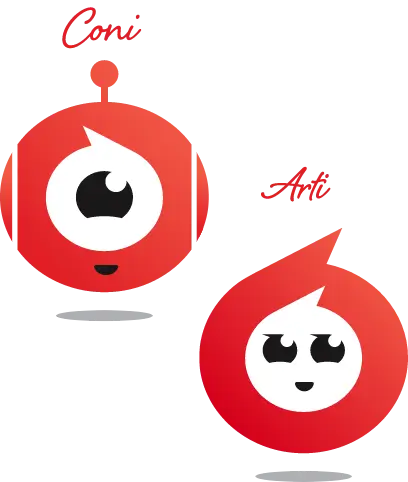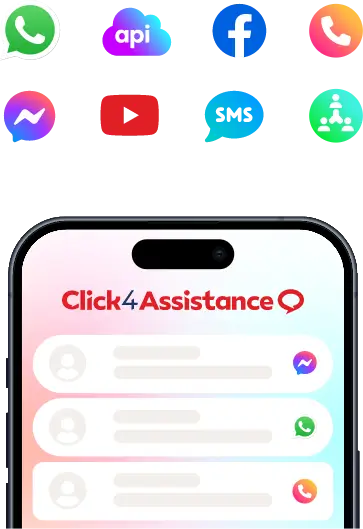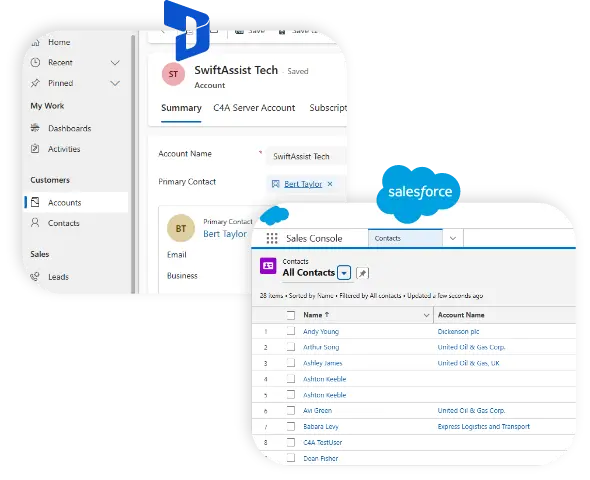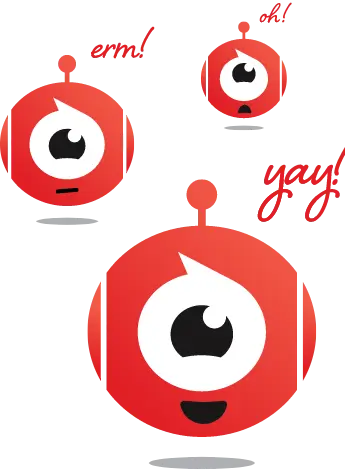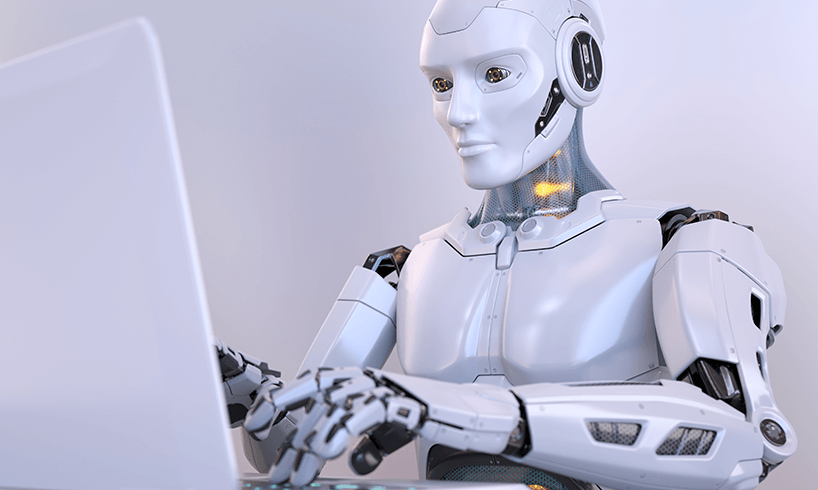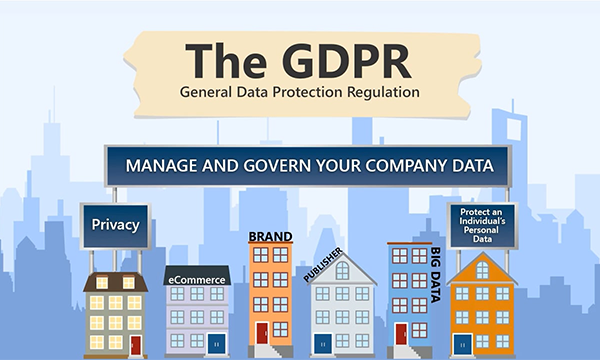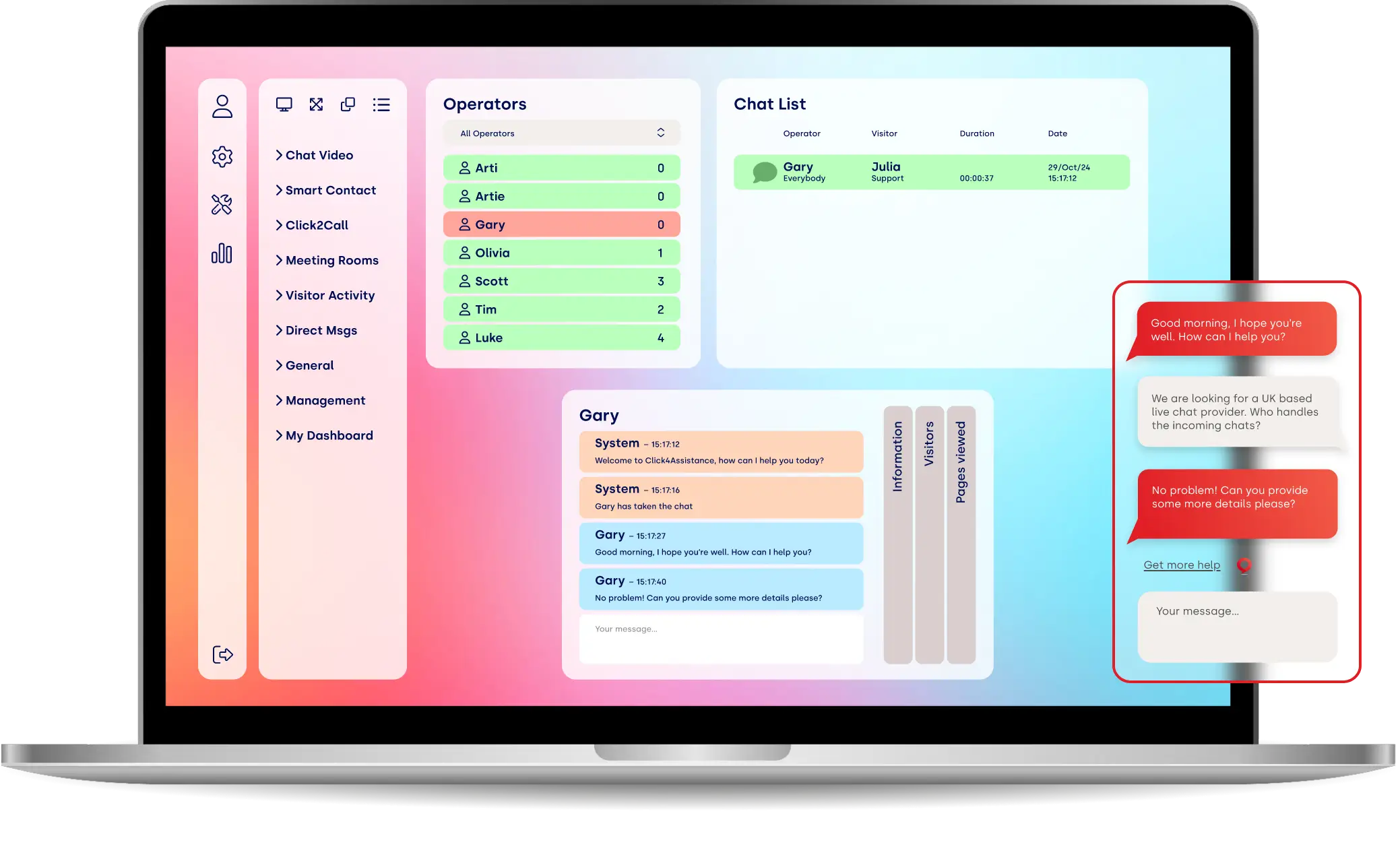ChatGPT proves that chatbots are evolving

ChatGPT could make chatbots more conversational, reducing the need for human customer service interactions by 70 percent.
“ChatGPT is scary good,” Elon Musk told his Twitter followers a few days after Open AI launched the platform. “We are not far from dangerously strong AI,” said the CEO and SpaceX founder.
But ChatGPT isn’t quite the revolutionary technology it appears to be. Despite gaining over a million users in its first month, the app is more of an evolutionary step than a game-changer – at least according to industry insiders.
For example, Meta’s chief AI scientist, Yann LeCun, says there’s nothing revolutionary in what Open AI is doing in their ChatGPT training model. “It’s well put together and it’s nicely done,” he says, “but in terms of underlying techniques, [it’s] not particularly innovative.”
At least half a dozen companies are doing the same thing, and they all use similar technologies. ChatGPT’s fundamental building blocks have been around for years, LeCun argues, and Open AI simply packaged them up and inserted them into a user-friendly platform.
That’s not to say the technology isn’t powerful, though. While it might be a continuation of what came before, it does demonstrate the potency of an AI technique called “reinforcement learning,” pioneered by Google’s Deep Mind unit. This approach takes human feedback to rank machine responses and improve them. ChatGPT can’t think for itself, but it can take on board what human assistants tell it and incorporate that into its training routines.
During training, developers fed the AI millions of questions and answers into its dataset. They then got the program to provide multiple responses to each question. The critical step came when human trainers ranked ChatGPT’s answers from best to worst. This input allowed the platform to gather relevant information to provide a useful response.
Will ChatGPT Change Chatbots?
ChatGPT made a big splash when it launched in November 2022 because it revealed advances in the underlying science of AI. Open AI’s efforts are a tale of engineering prowess, showing how you could combine various human-assisted learning techniques into a do-it-all platform.
ChatGPT, though, is not “artificial general intelligence,” a term industry insiders use to describe a theoretical machine that equals or exceeds human abilities in all domains. And engineers working on the technology agree.
“Interesting to me how many of the ChatGPT takes are "this is [artificial general intelligence] AGI" (obviously not close, lol),” Open AI’s chief Sam Altman said in a Tweet.
However, Altman does believe the technology has some distance to run in terms of capabilities. “Trust the exponential, flat looking backwards, vertical looking forwards,” he told his followers.
Therefore, the answer is “yes,” ChatGPT will change chatbots, but probably not significantly. It shows reinforcement learning models can produce human-like answers when properly engineered, but it is domain-specific. Open AI’s model is powerful enough to give customers meaningful responses that help them in some situations but not all.
How ChatGPT Can Assist Existing Chatbots
ChatGPT is a “generative” AI. That means it provides different answers for the same input. For example, if you ask it, “where should I go shopping?” ten times, it will provide ten unique answers.
This creative capacity is what makes ChatGPT promising in the customer service space. Platforms incorporating the technology can be more conversational in their style, making users feel less like they are talking to a bot.
ChatGPT partners, such as Toronto-based service chatbot company, Ada, believe the new technology will upend online interactions. The firm’s CEO, Mike Murchinson, says OpenAI’s language model will solve 70 per cent of customer service queries because of its intelligent, chatty style. The tool can formulate unique answers to bespoke questions without forwarding users to human agents.
Moreover, this ability goes beyond traditional natural language processing. Historically, chatbots could understand variations in questioning style but gave standard answers because it was hard for them to deliver any nuance. Once they understood a query, the response was always the same.
However, ChatGPT demonstrates an ability to go beyond the defined parameters of a traditional answer. It can respond to follow-up questions and provide users with greater insights.
What Are The Limitations?
Unfortunately, as with all new technologies, ChatGPT has significant limitations. And because of these, it is unlikely human agents will disappear entirely from the customer service ecosystem.
Moreover, OpenAI is upfront and honest about the platform’s problems, listing them on its website. “ChatGPT sometimes writes plausible-sounding but incorrect or nonsensical answers,” the developers say.” “During [reinforcement learning] training, there’s currently no source of truth. Training the model to be more cautious causes it to decline questions that it can answer correctly. And supervised training misleads the model because the ideal answer depends on what the model knows, rather than what the human demonstrator knows.”
University of Toronto professor in the economics of AI, Ajay Agarwal, echoes this sentiment. ChatGPT is good at developing new ideas that don’t follow a predefined script, he reveals, “but you can never count on the answer.”
And that’s the big thorn in the project’s side. While it might generate impressive, almost God-like responses, they aren’t always accurate. The platform has no idea whether something is true or not. And fixing this problem results in a trade-off: users get less powerful answers (or none at all) when OpenAI developers put checks in place. It’s one thing learning how to put live chat on a website; it’s quite another doing it well.
There are also potential dangers from wider customer service-focused implementation of ChatGPT technology. Proficient conversational chatbots could put customers at risk of scams if industry standards don’t keep up. Users could find themselves at the mercy of rogue programs forcing them to hand over money for services they will never receive.
Conclusion
ChatGPT is a well-engineered version of existing AI technologies now available to industry and the public. The hype around the platform is considerable, but it is not artificial general intelligence. Chatbots will benefit from its generative, creative, and conversational style but firms need to be cautious. ChatGPT may not always provide truthful answers, and it may misrepresent brands if improperly trained.
